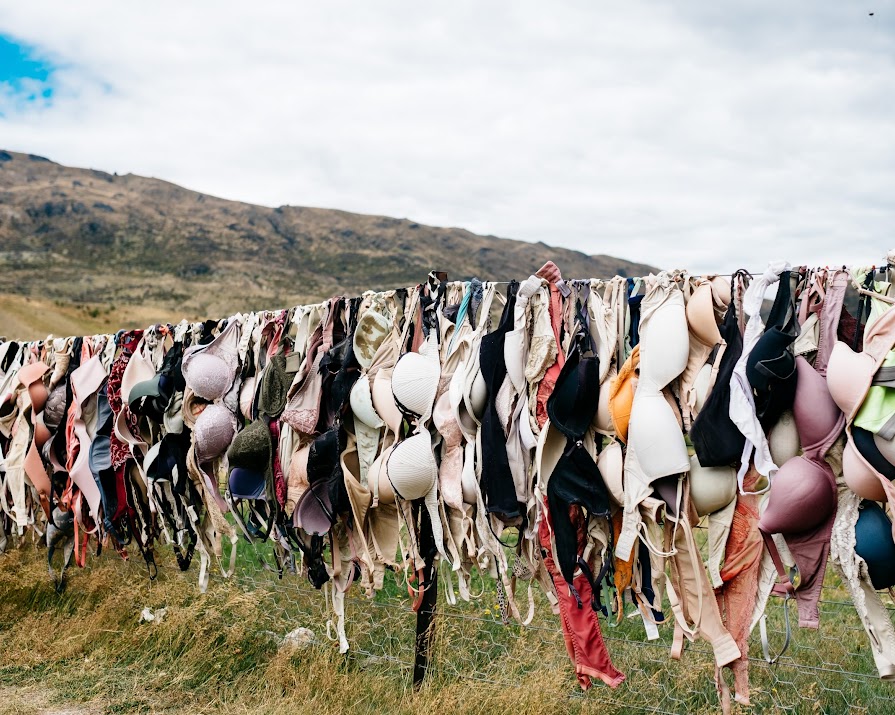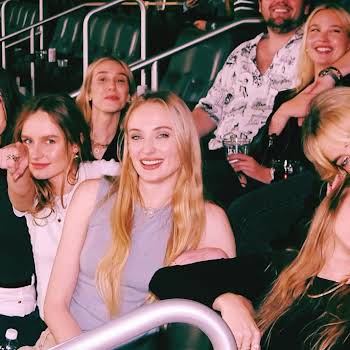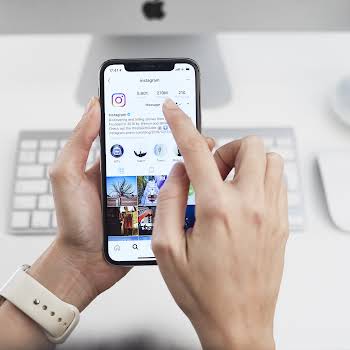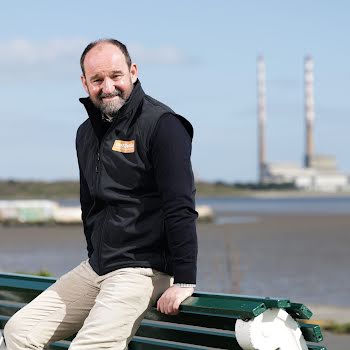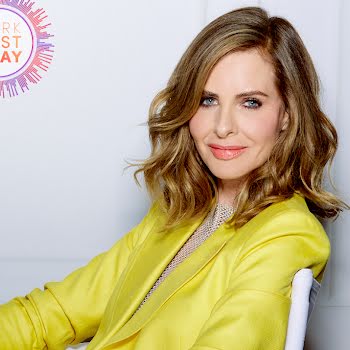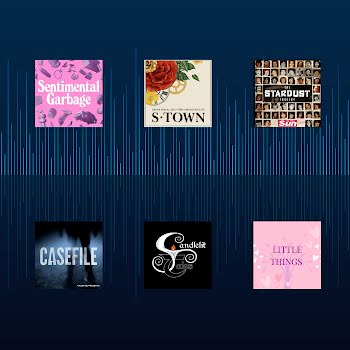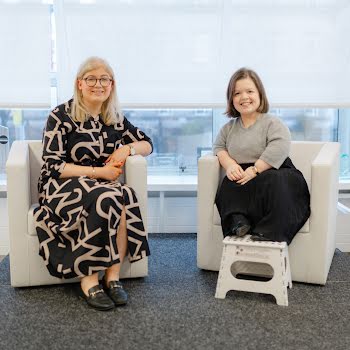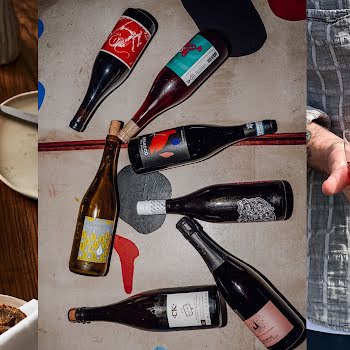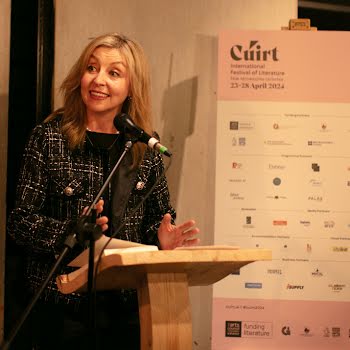By Sarah Finnan
15th Feb 2022
15th Feb 2022
Describing each of the models who agreed to partake in the shoot as “amazing and brave”, Adidas also launched a series of billboards to run alongside its new online campaign – each bearing the same images of 25 bare-chested women.
To catch you up to speed: Adidas has just come out with a new line of sports bras, but for the real pièce de résistance, the marketing team has decided to promote the collection with an ad campaign showing 25 different women’s bare breasts.
And the internet lost its marbles over the whole thing.
Explaining the concept behind the ad on social media earlier last week, Adidas said that it all boils down to inclusivity; they want to ensure that all different body types are catered for – especially in sport where many people give up because they feel marginalised or excluded. “We believe women’s breasts in all shapes and sizes deserve support and comfort. Which is why our new sports bra range contains 43 styles, so everyone can find the right fit for them.”
We believe women’s breasts in all shapes and sizes deserve support and comfort. Which is why our new sports bra range contains 43 styles, so everyone can find the right fit for them.
? Explore the new adidas sports bra collection at https://t.co/fJZUEjvopQ#SupportIsEverything pic.twitter.com/CESqmsXOwI
— adidas (@adidas) February 9, 2022
Dividing shoppers into two very distinct groups, one side has lauded the move as “pioneering” and a huge step forward for body positivity. The other side has been distinctly less complimentary, calling on the sportswear brand to “do better”.
“We want to celebrate bodies in all their glory and proudly showcase how different we all are,” Adidas responded as mixed reviews continued to trickle in. “Breasts are a natural part of the anatomy. It’s time to remove the stigma to allow future generations to flourish. It’s important to normalise the human body and help inspire future generations to feel confident and unashamed.”
What’s the big deal? When did women’s nipples become such a societal taboo?
While seeing bare breasts is an everyday occurrence to those of us who have them, it turns out that the rest of the world still considers them taboo and a quick scroll through the Twitter comments is enough to tell you that we have a long way to go before the nipple can truly be free.
I mean, Adidas can’t even share the photo on Instagram without going against the platform’s “anti-nudity policy” – I use inverted commas here because if their rules really were against nudity then it wouldn’t just be female-presenting nipples that were censored.
Artists and creatives have been pressuring the tech giant to change their community guidelines for years now, to no avail. Photographers have learned to be inventive in how they share images online, but “censoring photography is invalidating an art form” as Joanne Leah told The New York Times a couple of years ago.
Photos of post-mastectomy scarring and women actively breastfeeding are allowed. Photos of women’s nipples are not.
Responding to continued criticism of their approach, Instagram’s then head of policy, Karina Newton, said that the site wasn’t trying to “impose its own value judgement on how nipples should be viewed in society”.
“We’re trying to reflect the sensitivities of the broad and diverse array of cultures and countries across the world in our policies,” she continued.
Instagram’s ban doesn’t extend to male nipples though; something that interdisciplinary artist Micol Hebron proved by creating what she calls a “male nipple pasty”. Essentially a circular cutout of a man’s nipple that women can then use to cover their own, the idea came to be after images she uploaded to Facebook (now Meta) were swiftly taken down for being in breach of the website’s guidelines.
“In 2014, I ‘performed’ by attending an exhibition topless,” she wrote on Instagram alongside an explainer of what a male nipple looks like. “The exhibition was presented by Bettina Hubby (@hubbyco) at @bettinakorek space ForYour Art. The exhibition was called ‘Thanks for the Mammaries’, and featured boob art by 100 artists. Facebook deleted all images of me in less than 24 hours. As a literal rebuttal to the absurd policies of ‘no female nipples’, I looked up ‘male nipple’ on Wikimedia, selected the wiki commons image, of a ‘human male nipple’, made a pasty, and reposted the pics of myself with the digital male nipple pasty covering my female nips. It worked. The images stayed up.
“Even Adam Mosseri, head of Instagram, has acknowledged that the male nipple pasty is a clever and acceptable ‘work around’,” she continued, before adding, “What Meta hasn’t yet acknowledged is that the policy to ban female nipples is sexist, transphobic, and damaging to many artists’ careers.”
Unlike male nipples, which we’ve grown so accustomed to seeing that they no longer have any “shock value”, many still consider women’s chests to be “erogenous zones”… so female nudity is immediately sexualised. The comments under Adidas’ campaign liken it to “soft porn”.
#FreeTheNipple continues to trend online but Instagram (and Meta) show little sign of doing anything to change their guidelines. Which ultimately means that women’s nipples will continue being taboo. Adidas’ campaign shouldn’t be striking but the huge response it’s garnered shows that conversations around women’s bodies are still inflammatory.
The advert is hardly overtly sexual in nature, but the female form has been so hyper-sexualised that even the outline of a nipple is enough to outrage these days. There’s such a fixation on how women look that people feel the need to comment on anything outside the “norm” (i.e. not wearing a bra), and while photos of topless men permeate social media without anyone batting an eyelid, Instagram continues to police the platform for fear that a bare-chested woman may slip through.
However, Adidas soars where Instagram falls short. Their new campaign puts women front and centre, showing that not only is every body different, but every body is important too. And that is most definitely something to celebrate. So, why can’t Instagram be more like Adidas?!
Photo by Pablo Heimplatz on Unsplash











